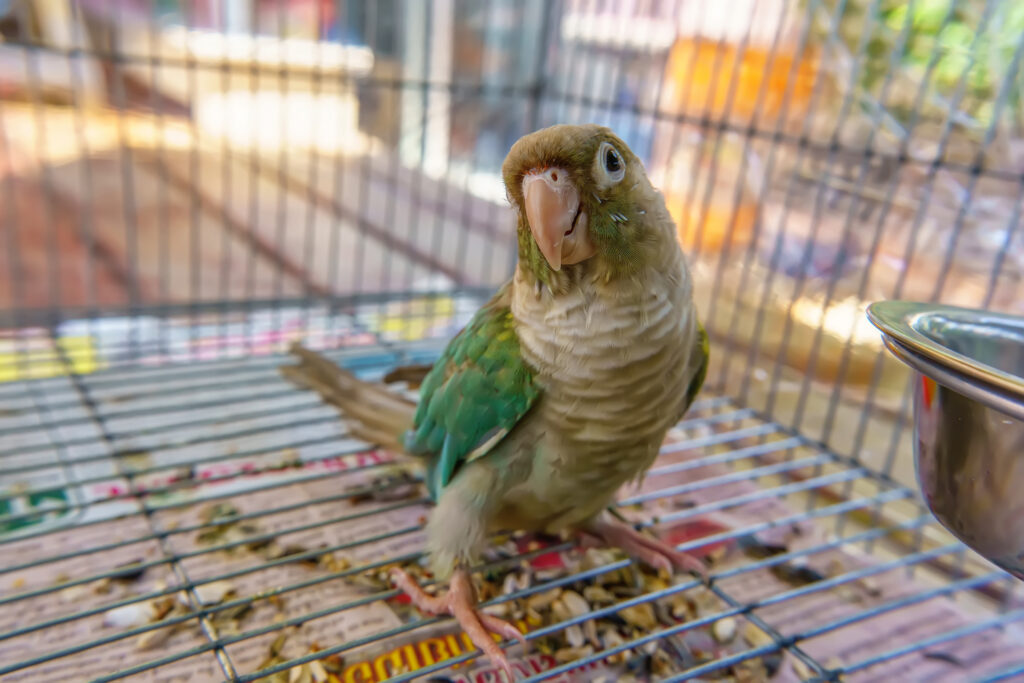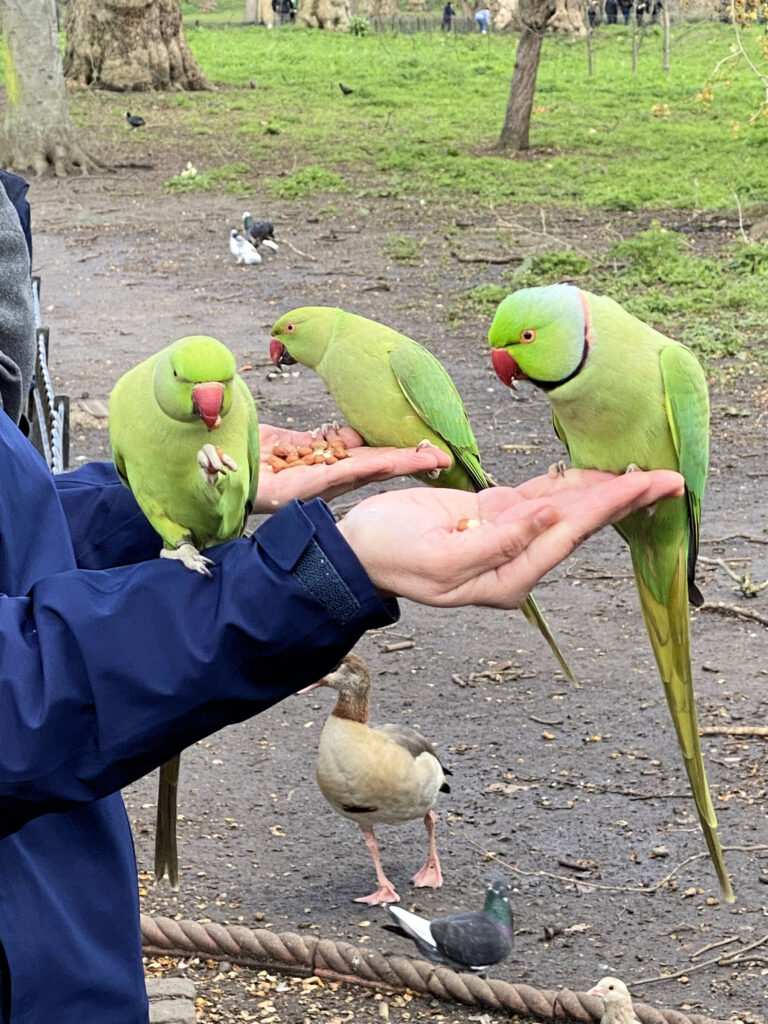How Can I Tell How Old My Parakeet Is?
Parakeets, also known as budgerigars or budgies, are charming, colorful, and intelligent small birds that make wonderful companions. Whether you’ve just adopted one from a pet store, rescued one, or been given a parakeet by a friend, you may find yourself wondering: “How old is my parakeet?”
Unlike humans, parakeets don’t carry around a birth certificate. Determining the exact age of a parakeet can be tricky, especially beyond their first year of life. However, there are several clues—physical features and behavioral traits—that can help you make a fairly accurate estimation. In this comprehensive guide, we’ll explore the key signs that can help you determine the age of your feathered friend.
Why Knowing Your Parakeet’s Age Matters
Before diving into the specific signs and stages of parakeet aging, it’s worth considering why determining your bird’s age is important. Understanding where your parakeet is in its lifespan helps you:
- Provide age-appropriate nutrition and care
- Recognize health and behavior changes
- Set expectations for training and bonding
- Predict lifespan and plan long-term care
Generally, parakeets live between 5 to 15 years depending on their breed, genetics, diet, care, and environment. Knowing roughly how far along your bird is in this timeline can help you be the best possible caregiver.

How to Tell the Age of a Parakeet: Signs to Look For
1. Head and Cap Feathers
One of the clearest indicators of a young parakeet is the presence of head stripes.
– Young parakeets (under 4 months): These birds usually have stripes running from their forehead down to the cere (the fleshy area above the beak where the nostrils are located). This creates a “barred” appearance across the head.
– Older parakeets (over 4 months): After the first molt, which typically occurs between 3 and 4 months of age, the parakeet loses these baby bars. Their head feathers appear smoother and show a clear, clean color—often yellow or white for many common types.
So, if your parakeet has a striped forehead, you’re likely looking at a juvenile less than 4 months old.
2. Eye Color
The eyes of a budgie can tell you a lot about its age.
– Hatchlings and very young budgies: These birds have completely black eyes with no visible iris.
– Around 4 to 8 months: The iris starts to appear, typically a gray or whitish ring around the black pupil.
– Adults (over 8 months): The iris becomes more prominent and may develop a light gray or even white color, making the eyes look more expressive and pronounced.
Keep in mind that in some color mutations of budgies, like Lutinos or Albinos, the eye color might differ. These types often have red or pink eyes regardless of age, so this method applies best to standard green or blue parakeets.
3. Cere Color and Development
The cere is another key feature to inspect.
– Young parakeets: In males, the cere is usually a purplish-pink or light lavender color; in females, it’s often whitish or pale blue.
– With age: Males develop a bright blue cere once they reach maturity (usually by 5-6 months). Females’ ceres become tan or brown, often rougher or crusty in texture when in breeding condition.
Note that some young males may not develop a strong blue cere until closer to a year old, especially if there are hormonal fluctuations.
4. Beak and Feet
While less precise, the beak and feet also offer clues.
– Beak: Very young parakeets may still have a soft, dark-colored beak. Over time, this beak lightens to a pale yellow or horn color in standard varieties.
– Feet: Older parakeets may have a more “scaly” or coarse texture to their feet compared to the smoother, softer feet of juveniles.
5. Behavior and Activity Level
Parakeets change behaviorally as they age, too.
– Chicks and juveniles: They are often less coordinated, sleep more, and vocalize softly. They’re curious and clumsy at first, still learning to perch and fly steadily.
– Young adults (6 months to 2 years): These parakeets are highly active, playful, exploratory, and very trainable. They chirp, mimic, and interact often.
– Middle-aged (3-6 years): Still energetic but may have more established behavior patterns and potentially reduced curiosity.
– Senior parakeets (7+ years): These birds may slow down, nap more, and show less interest in exploration. Feather condition might not be as bright or glossy, and they may develop some balding areas, especially near the eyes.
What If My Parakeet Is Already an Adult?
Once a parakeet reaches adulthood (generally around 12 months), it becomes significantly harder to determine age. At this point, the external signs become less pronounced unless the bird is approaching senior status.
Here are some subtle signs of aging in older parakeets:
- Slight increase in sleeping and reduced vocalization
- Less intense or less frequent molting cycles
- Cloudiness in the eyes or signs of cataracts
- Minor weight fluctuations (consult a vet if drastic)
- Arthritis or less activity on perches
Your vet can assist by doing a general health check to estimate the biological age based on physical signs, although a precise age is often impossible to determine.
Can Leg Bands Tell a Parakeet’s Age?
Yes—if your parakeet has a leg band, you might be in luck. These small metal or colored bands may have information about the breeder or the bird’s hatch year.
Here’s how to interpret a typical leg band:
– The band may include a combination of numbers and letters, such as “AA-20-1234”
– “AA” identifies the breeder or aviary
– “20” could indicate the year the bird was born (i.e., 2020)
– “1234” might be the bird’s individual ID number
Contact the breeder association listed on the band, or search online for the code if you’re unsure who issued it.
However, not all parakeets have leg bands, especially if they were not purchased from a breeder.
When to Consult a Veterinarian
If you’re truly unsure about your parakeet’s age and it’s vital to know—for example, for breeding decisions or health planning—consulting an avian veterinarian is your best bet. A vet can assess age-related health markers like bone density, plumage condition, and liver performance, which may offer more definitive clues.
Final Thoughts: Age Is Just a Number
While it’s helpful to know your parakeet’s age, remember that love, care, and companionship are what truly matter. Whether your budgie is a peppy chick or a wise little elder, providing a stimulating environment, balanced nutrition, and regular vet care will help them thrive at any age.
Budgie ownership is a joyful experience—one that transcends their age and centers on the bond you build over time. With a little observation and attention to detail, you can better understand where your feathered friend is in life’s journey, and tailor your care to help them soar.
Ready to Learn More?
Explore our other articles on parakeet care, training tips, and nutrition to support your bird through every stage of life. Happy bird parenting!



